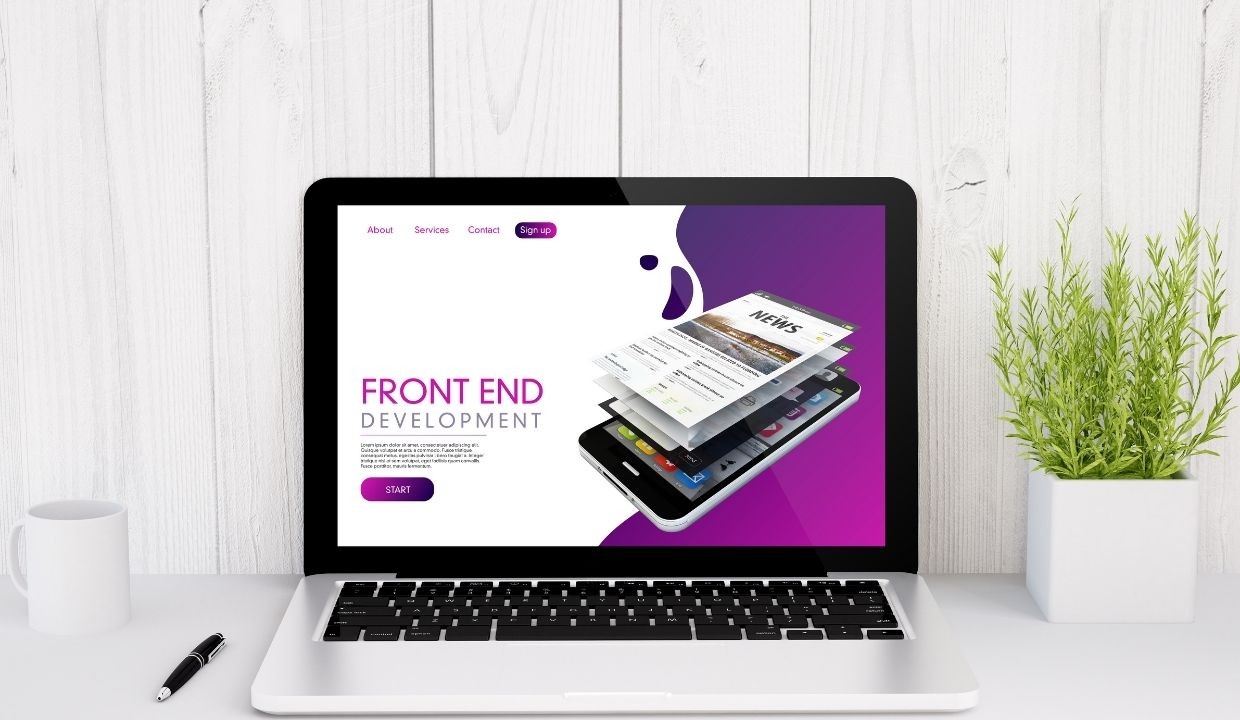
Freelance Web Design The Psychology of Color in Web Design
In the realm of freelance web design, where creativity reigns supreme, one often overlooked aspect plays a pivotal role in shaping user experiences: color. The psychology of color in web design is a fascinating subject that can significantly influence how users perceive and interact with websites. In this article, we will delve into the intricate relationship between color and web design, exploring its profound impact and providing valuable insights for freelance web designers. Join us on this colorful journey through the digital landscape.
The Power of Color in Freelance Web Design
Color has an undeniable influence on human emotions and behavior. As freelance web designers, understanding this power is essential to create websites that resonate with users. Color goes beyond aesthetics; it's a powerful tool for conveying messages, evoking emotions, and guiding user actions.
The Emotional Connection
Colors have the ability to evoke emotions and trigger specific responses. For example, warm colors like red and orange can create a sense of urgency and excitement, making them suitable for call-to-action buttons. On the other hand, cool colors like blue and green convey calmness and trust, making them ideal for healthcare or financial websites.
Brand Identity and Recognition
For businesses, consistency in color usage is crucial for brand recognition. Think of iconic brands like Coca-Cola's red or Facebook's blue. These colors are synonymous with their respective brands and instantly recognizable. Freelance web designers must ensure that the chosen colors align with the client's brand identity.
Color Schemes and Combinations
Choosing the right color scheme is an art in itself. A well-thought-out color scheme can create harmony and visual appeal, while a poor choice can lead to a disjointed and confusing user experience.
The Role of Contrast
Contrast is essential for readability and accessibility. Using contrasting colors for text and background ensures that content is easily legible. Freelance web designers must pay close attention to contrast ratios to meet accessibility standards.
Color Harmonies
Color harmonies, such as complementary or analogous color schemes, can create a visually pleasing experience. Understanding the color wheel and how colors interact is fundamental for selecting harmonious combinations.
Cultural and Psychological Factors
Colors can carry different meanings and cultural significance. What may symbolize purity in one culture could signify mourning in another. Freelance web designers working on global projects must consider these cultural nuances.
The Influence of Color Associations
Colors are often associated with specific qualities or concepts. For instance, green is linked to nature and eco-friendliness, while purple may represent luxury and creativity. Harnessing these associations can reinforce the intended message.
Accessibility and Inclusivity
Web designers have a responsibility to create inclusive digital spaces. Considering colorblind users and ensuring that color choices don't hinder accessibility is paramount.
Designing for Colorblindness
Colorblind users rely on text and patterns for content comprehension. Designers should avoid conveying critical information solely through color and use patterns or labels as alternatives.
In the world of freelance web design, understanding the psychology of color is not just a creative endeavor; it's a strategic one. Colors have the power to engage, inform, and persuade users. By mastering the art of color psychology, freelance web designers can create visually stunning and emotionally resonant websites that leave a lasting impression.
In this article, we've explored the profound impact of color in web design, from its emotional influence to its role in brand identity and accessibility. As freelance web designers, embracing the psychology of color is a journey worth undertaking.
For More Articles you can go through these links:-
Freelance Web Design Mastering User Interface (UI) Design
Freelance WebDevelopment Should You Specialize or Generalize
How to Find High-Paying Web Development Clients as a Freelancer
Creating a Winning Proposal Freelance Web Development Contracts
Staying Productive and Avoiding Burnout as a Freelance Web Worker
